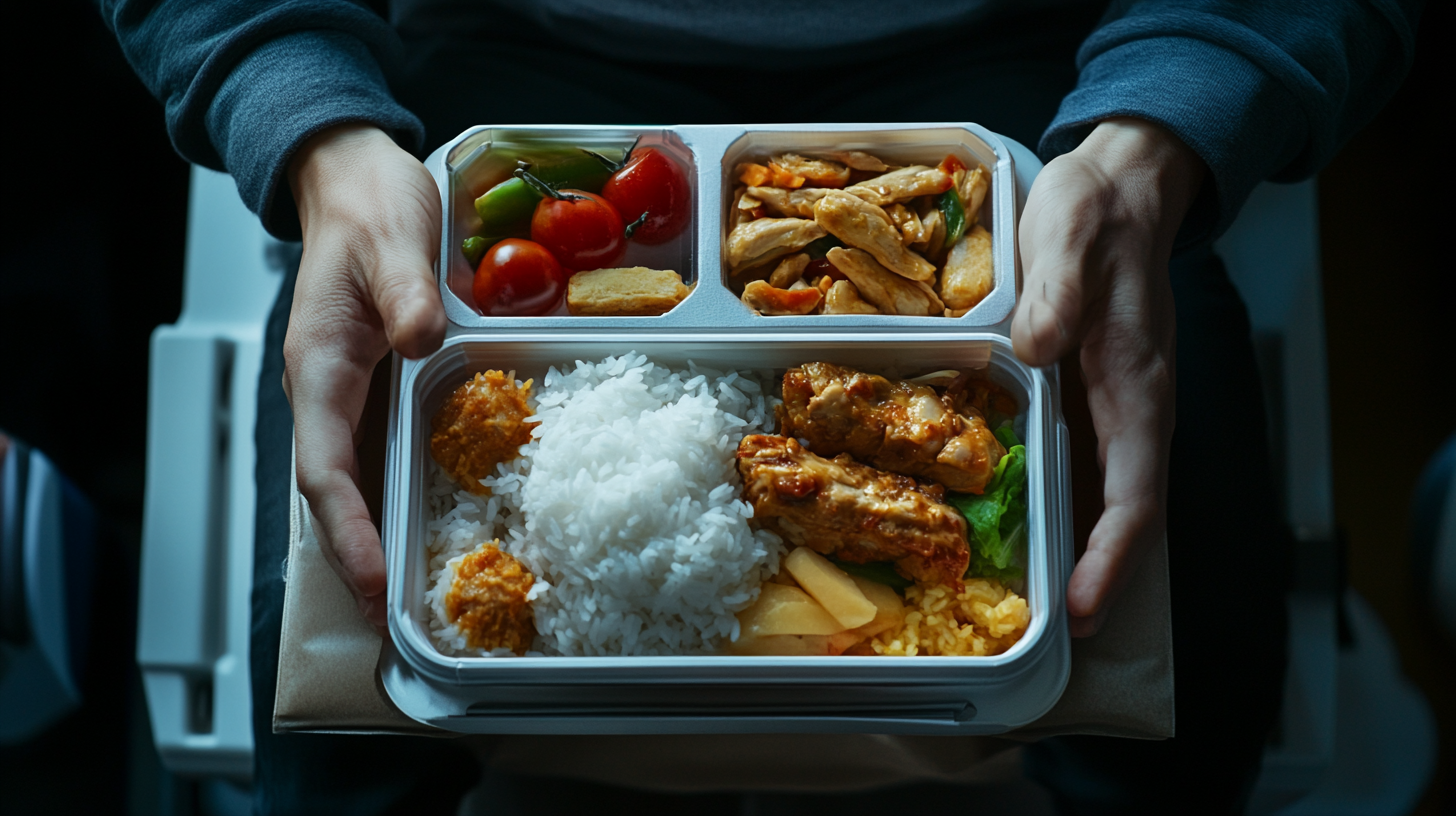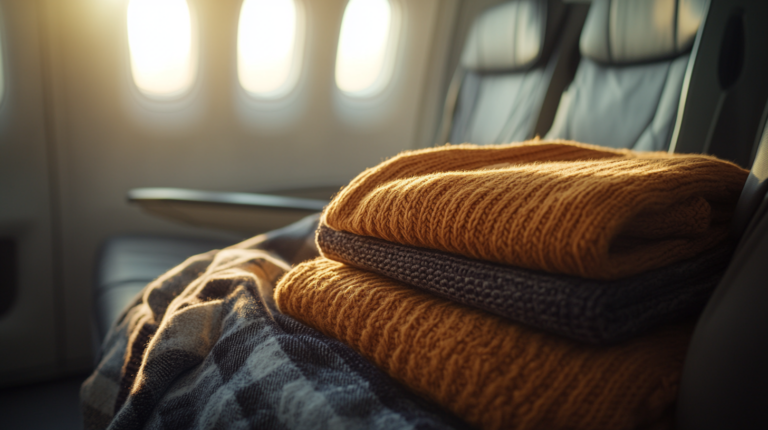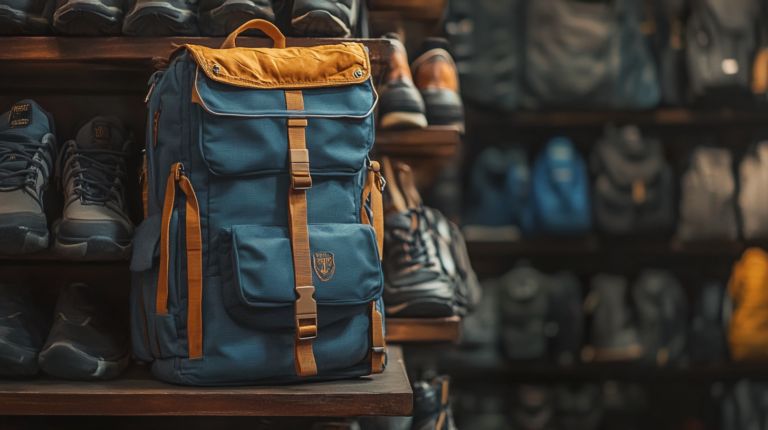Business Travel Meals: Are They 100% Deductible?
I often get asked whether in-flight meals, lounge snacks, or even that quick bite during a long layover can be fully written off. After all, jet-setters like us tend to juggle hectic schedules, jumping from one city to another in search of new deals, client meetings, or industry conferences. The big question: in 2025, does the IRS still allow business travelers to claim that cherished 100% deduction for meals? Let’s break down the rules and highlight the nuances so we can all strategize our spending—and save a little more for our next adventure.
Understanding Business Travel Meal Deductions

As I’ve researched the latest IRS guidance, one guiding principle remains central: to qualify for meal deductions, you need to be away from home on business in a situation that requires either sleep or rest. According to IRS Tax Tip 2023-15, this typically includes multi-day events like conferences, client visits, or essential meetings in another city. In other words, if your travel is strictly overnight (or long enough to require rest), you could be in the clear for deducting those meal costs.
However, not every meal gets automatically added to your deduction list. The meals must be ordinary, necessary, and appropriate to the context of your business purpose. Let’s face it: a fancy five-course meal might raise eyebrows if you could have easily dined somewhere more modest. I always recommend keeping receipts and a small note on why each expense was necessary—this documentation is your shield if the IRS decides to ask questions.
In my own travels, I’ve found that the best strategy is organizing my meal receipts by date, city, and business purpose. It might sound tedious, but when you’re a frequent flyer, it saves countless hours (and headaches) during tax time. This diligence also demonstrates your commitment to following IRS safeguards, which goes a long way in building trust if your finances ever come under scrutiny.
When Are Meals 50% Deductible?

In 2025, the default for most business travel meals is still a 50% deduction. Grabbing a burger in the airport terminal between connections or enjoying a quick after-hours bite with colleagues typically falls under this category. Essentially, if you’re temporarily away from your tax home—often defined as less than one year—and your purpose is business-related, you can usually claim half the cost.
I’ve personally noticed that the 50% rule covers the vast majority of meals I encounter while on the go. Whether it’s a casual meet-and-greet at a conference or a simple lunch pit stop during a client site visit, I know I can usually rely on the half-deduction. Studies conducted by various travel expense management companies even suggest that more than 80% of business trip dining falls under the 50% bracket—so you’re not alone if you find yourself in this category most of the time.
As for employees, unreimbursed business meals generally aren’t deductible until 2025 lapses (though we’re already in that year, so it’s worth keeping an eye on any new legislation that might extend or modify these rules). If you’re self-employed, on the other hand, you have more flexibility in claiming these deductions, as long as you keep meticulous records and can prove a business-related purpose for each meal.
When Are Meals 100% Deductible?
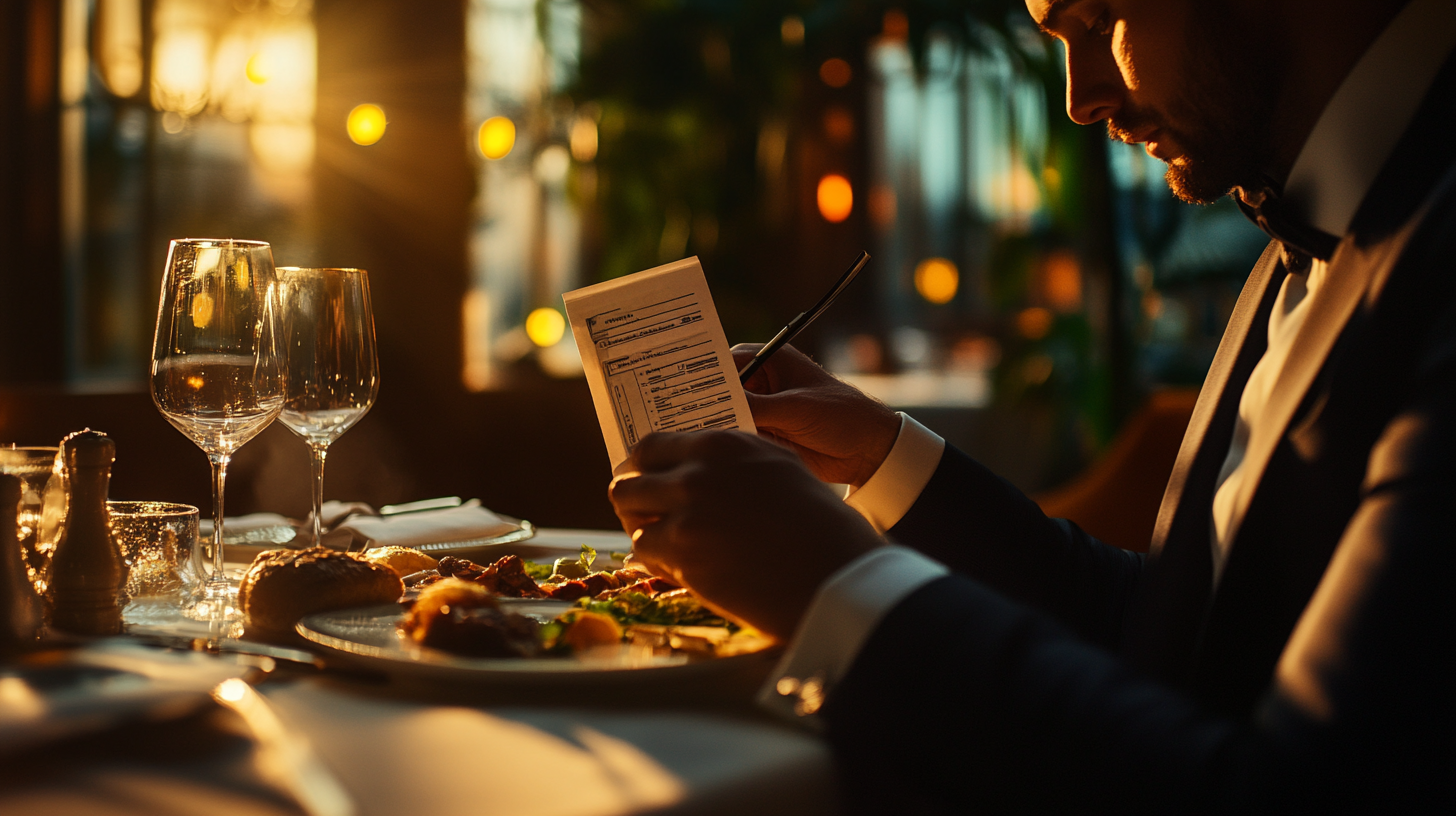
This is where things get exciting for many of us road warriors. Certain scenarios let you claim a full 100% deduction, often tied to meals that are provided on-site for the convenience of the employer. Think about those late-night team dinners when you’re pulling an all-nighter on a major work project or a big launch. If you’re ordering pizza or takeout to keep your crew motivated, that could qualify as a legitimate 100% deduction under IRC Section 119 rules, as long as it’s strictly for business purposes.
Additionally, some companywide events—like an annual retreat, a family-friendly picnic, or a key marketing function designed to impress prospective clients—can still meet the 100% threshold. I’ve been to off-site training sessions sponsored by a host organization that provided meals to attendees, ultimately qualifying for this full write-off. Bear in mind that the IRS expects these events to be reasonable and necessary. Budget accordingly and maintain logs of who attended, why the meal was offered, and how it directly supports business operations.
Remember the 2021 Consolidated Appropriations Act that temporarily allowed 100% deductibility for restaurant meals in 2021 and 2022? Well, those days are history. Now that we’re in 2025, we’ve reverted to the standard rules. Yet it’s good to know that if you’re hosting an all-hands meeting or a key client dinner, the occasional chance for 100% deduction might still apply—just confirm your specific scenario meets active IRS requirements.
Staying Compliant with IRS Rules

One of the most frequent mistakes I see is travelers confusing meal expenses with entertainment expenses. Since the Tax Cuts and Jobs Act, entertainment expenses are generally disallowed. So, if you’re treating a client to a night at the ballgame, don’t expect to write off the ticket—even if the conversation is work-related. The meal portion might still be deductible, but only if certain strict conditions are met and meticulously documented.
In my experience, the key to staying on the IRS’s good side is recordkeeping. A few lines in a travel expense spreadsheet can save you from a heap of trouble later. I keep mine organized in two separate accounts—one for 50% deductible meals and another for the meals that qualify for 100%. If there’s any uncertainty, I lean on the side of caution or consult with a licensed tax professional.
According to several tax advisors I’ve spoken with, the best practice is to annotate receipts with details of who was present, the purpose, and the date of the meal. This level of transparency makes it easier to show a legitimate business connection and prevents any interpretation that you might be mixing personal entertainment with professional expenses.
The Bottom Line for Frequent Flyers

For most of us racking up miles in bulk, it pays (literally) to know which meals fall under 50% versus 100% deduction rules. If you’re shuttling to multiple cities for multi-day events or organizing team workshops, you’ll likely hover around the 50% mark. But if you’re ordering for everyone working late in an employer-provided facility, or hosting a major client pitch, there might still be room for a full deduction.
I’ve personally benefited from planning business meals strategically—like choosing a venue that exemplifies the brand image I want to present but also makes sense cost-wise. That way, if I do get to claim a full deduction, I’m not going overboard and risking scrutiny. The real advantage comes when you combine strategic spending with well-documented, legitimate reasons for the meal expense. That’s a recipe for navigating these specific IRS guidelines hassle-free.
Ultimately, the secret sauce lies in documentation and ongoing awareness of the evolving tax environment. Rules that benefited you last year might shift, just as airline loyalty programs tweak their tiers and perks. Staying up-to-date and consulting knowledgeable tax professionals will help ensure your meal deductions take flight in the most beneficial (and compliant) way.
Final Thoughts
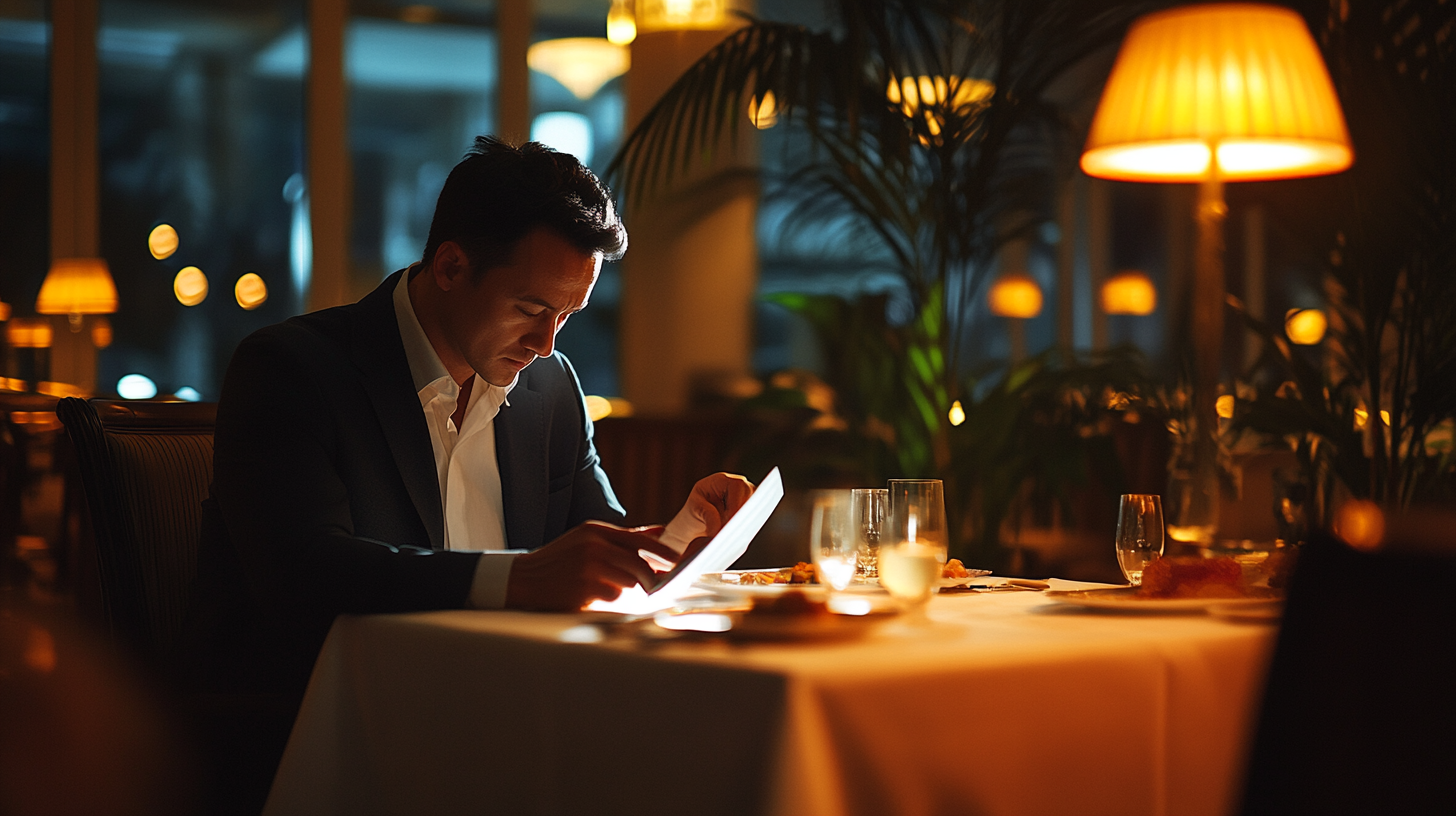
Here’s the quick rundown: while 50% is the typical go-to rule for most business meals, there are still situations where you can land a full deduction—provided you respect the official guidelines and keep detailed records. The tax code can seem as unpredictable as airline schedules, so it’s wise to buckle up with the latest facts, double-check your eligibility, and stay current on any changes that might unfold as the year progresses.
Whether you’re brokering a cross-country deal or attending a multi-day industry summit, understanding how to optimize your meal deductions can add up to real savings over the course of your traveling life. Being mindful now will pay off later, freeing up resources for your next ambitious adventure in the skies.
Barry B.’s Take
From my viewpoint, the real trick is balancing practicality with compliance. I love the spontaneity of exploring a city’s local eats during a long layover, but I’ve learned the hard way that not every meal expense is created equal. My advice is to keep your eyes open for those sneaky 100% opportunities—like those times you’re hunkered down late at night on an important project—while continuing to log everything carefully.
If there’s one thing I’ve come to appreciate, it’s that a little planning can make all the difference. By reviewing the rules in advance, you can make savvy decisions about where and how to dine, ensuring that your business travel meals stay well within the allowable deductions. Bon appétit—and safe travels to all of us out there chasing new horizons!
milesBUZZ is the ultimate hub for staying ahead of what’s new and exciting in the world of travel.

